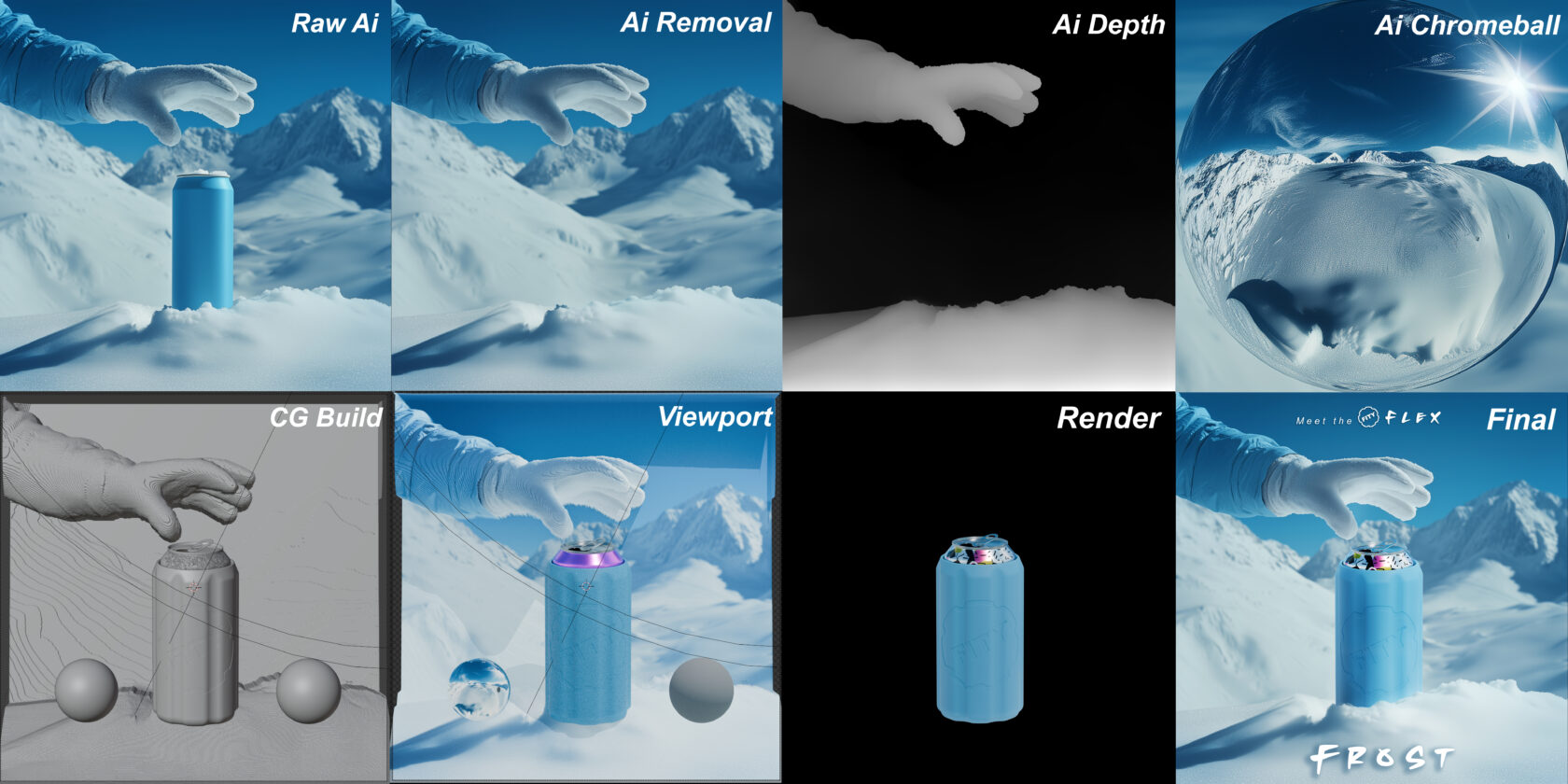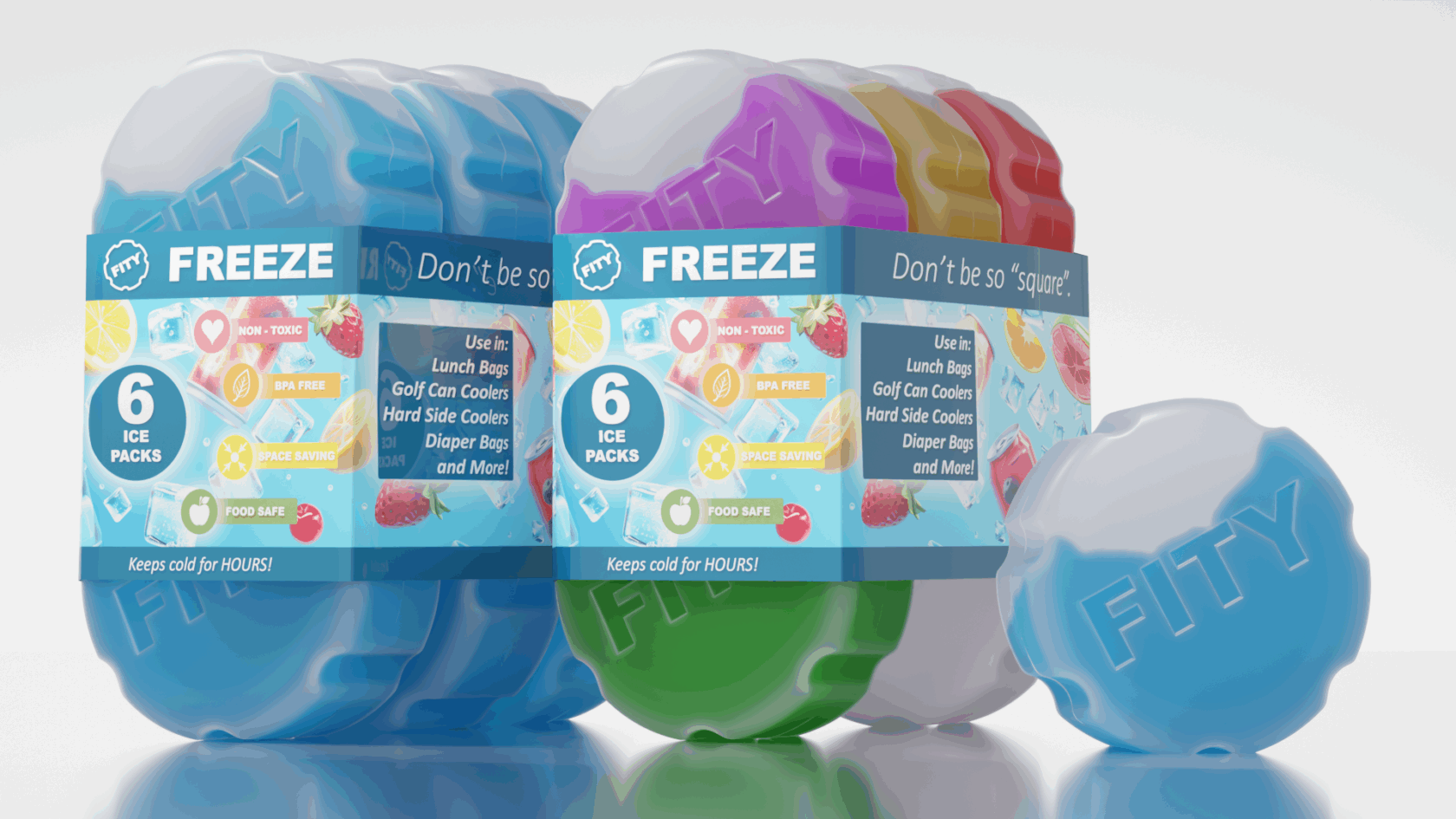Mark Theriault founded the startup FITY envisioning a line of clever cooling products: cold drink holders that come with freezable pucks to keep beverages cold for longer without the mess of ice. The entrepreneur started with 3D prints of products in his basement, building one unit at a time, before eventually scaling to mass production.
Founding a consumer product company from scratch was a tall order for a single person. Going from preliminary sketches to production-ready designs was a major challenge. To bring his creative vision to life, Theriault relied on AI and his NVIDIA GeForce RTX-equipped system. For him, AI isn’t just a tool — it’s an entire pipeline to help him accomplish his goals. Read more about his workflow below.
Plus, GeForce RTX 5050 laptops start arriving today at retailers worldwide, from $999. GeForce RTX 5050 Laptop GPUs feature 2,560 NVIDIA Blackwell CUDA cores, fifth-generation AI Tensor Cores, fourth-generation RT Cores, a ninth-generation NVENC encoder and a sixth-generation NVDEC decoder.
In addition, NVIDIA’s Plug and Play: Project G-Assist Plug-In Hackathon — running virtually through Wednesday, July 16 — invites developers to explore AI and build custom G-Assist plug-ins for a chance to win prizes. Save the date for the G-Assist Plug-In webinar on Wednesday, July 9, from 10-11 a.m. PT, to learn more about Project G-Assist capabilities and fundamentals, and to participate in a live Q&A session.
From Concept to Completion
To create his standout products, Theriault tinkers with potential FITY Flex cooler designs with traditional methods, from sketch to computer-aided design to rapid prototyping, until he finds the right vision. A unique aspect of the FITY Flex design is that it can be customized with fun, popular shoe charms.
For packaging design inspiration, Theriault uses his preferred text-to-image generative AI model for prototyping, Stable Diffusion XL — which runs 60% faster with the NVIDIA TensorRT software development kit — using the modular, node-based interface ComfyUI.
ComfyUI gives users granular control over every step of the generation process — prompting, sampling, model loading, image conditioning and post-processing. It’s ideal for advanced users like Theriault who want to customize how images are generated.

NVIDIA and GeForce RTX GPUs based on the NVIDIA Blackwell architecture include fifth-generation Tensor Cores designed to accelerate AI and deep learning workloads. These GPUs work with CUDA optimizations in PyTorch to seamlessly accelerate ComfyUI, reducing generation time on FLUX.1-dev, an image generation model from Black Forest Labs, from two minutes per image on the Mac M3 Ultra to about four seconds on the GeForce RTX 5090 desktop GPU.
ComfyUI can also add ControlNets — AI models that help control image generation — that Theriault uses for tasks like guiding human poses, setting compositions via depth mapping and converting scribbles to images.
Theriault even creates his own fine-tuned models to keep his style consistent. He used low-rank adaptation (LoRA) models — small, efficient adapters into specific layers of the network — enabling hyper-customized generation with minimal compute cost.

“Over the last few months, I’ve been shifting from AI-assisted computer graphics renders to fully AI-generated product imagery using a custom Flux LoRA I trained in house. My RTX 4080 SUPER GPU has been essential for getting the performance I need to train and iterate quickly.” – Mark Theriault, founder of FITY
Theriault also taps into generative AI to create marketing assets like FITY Flex product packaging. He uses FLUX.1, which excels at generating legible text within images, addressing a common challenge in text-to-image models.
Though FLUX.1 models can typically consume over 23GB of VRAM, NVIDIA has collaborated with Black Forest Labs to help reduce the size of these models using quantization — a technique that reduces model size while maintaining quality. The models were then accelerated with TensorRT, which provides an up to 2x speedup over PyTorch.
To simplify using these models in ComfyUI, NVIDIA created the FLUX.1 NIM microservice, a containerized version of FLUX.1 that can be loaded in ComfyUI and enables FP4 quantization and TensorRT support. Combined, the models come down to just over 11GB of VRAM, and performance improves by 2.5x.
Theriault uses the Blender Cycles app to render out final files. For 3D workflows, NVIDIA offers the AI Blueprint for 3D-guided generative AI to ease the positioning and composition of 3D images, so anyone interested in this method can quickly get started.

Finally, Theriault uses large language models to generate marketing copy — tailored for search engine optimization, tone and storytelling — as well as to complete his patent and provisional applications, work that usually costs thousands of dollars in legal fees and considerable time.

“As a one-man band with a ton of content to generate, having on-the-fly generation capabilities for my product designs really helps speed things up.” – Mark Theriault, founder of FITY
Every texture, every word, every photo, every accessory was a micro-decision, Theriault said. AI helped him survive the “death by a thousand cuts” that can stall solo startup founders, he added.
Each week, the RTX AI Garage blog series features community-driven AI innovations and content for those looking to learn more about NVIDIA NIM microservices and AI Blueprints, as well as building AI agents, creative workflows, digital humans, productivity apps and more on AI PCs and workstations.
Plug in to NVIDIA AI PC on Facebook, Instagram, TikTok and X — and stay informed by subscribing to the RTX AI PC newsletter.
Follow NVIDIA Workstation on LinkedIn and X.
See notice regarding software product information.
